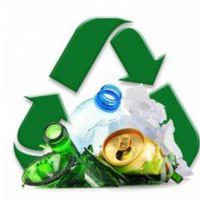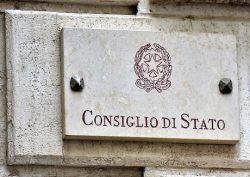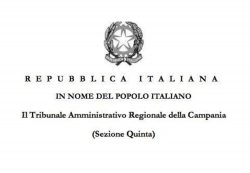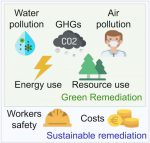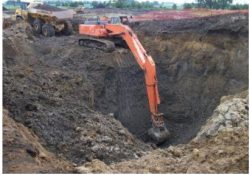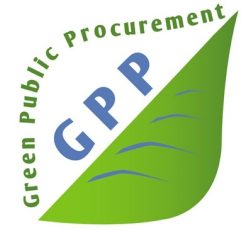Release of a Ministerial circular about by-products
Via a Ministerial circular about by-products in reference to the Decree 264 from 13.10.2016, the Minister of the Environment and the protection of the territory and of the sea stated that:
“Indicative criteria were adopted to facilitate the demonstration of the existence of requirements for the qualification of production residues as by-products rather than waste”.
The recent DM 264 circular about bye-products, published by MATTM, is another element of clarity for the industry also for the reduction of ECOREATs caused by regulatory complications and related operator errors.
Conditions to consider a process waste as by-product
As is well known, Article 184-bis of d. lgs. n. 152 of 2006, paragraph 1 provides that, in order to consider the residues of the production processes by-products instead of waste, it is necessary to prove the existence of the following conditions:
- ‘the substance or the object originates from a production process of which it forms an integral part and whose primary purpose is not the production of that substance or object’;
- “it is certain that the substance or object will be used during the same or subsequent production or use by the manufacturer or by a third party”;
- ‘the substance or object may be used directly without any further treatment other than normal industrial practice’;
- “further use is legal, that is, the substance or object satisfies, for the specific use, all relevant product and health and environmental protection requirements and will not lead to overall negative impacts on the product, Environment or human health ‘.
Some particular aspects found on the circular
Circular sub-products DM 264 of 13.10.2016 does not innovate the general substantive discipline of the industry. If a residue is to be considered as a by-product, however, it will depend exclusively on the existence of the above-mentioned legal conditions. Likewise, the Decree does not contain either a “list” of materials which can no longer be classified as by-products or a list of treatments admitted to them, since they are essentially “normal industrial practice”, however, Compliance with the criteria set out in a case-by-case analysis, as specified in Article 1 (2) of the Regulation, according to which “the requirements and conditions required to exclude a residual production from the scope of the waste legislation Are assessed and verified in the light of the complexity of the circumstances’.
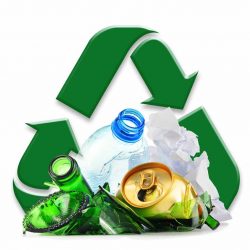
On the other hand, the DM 264 of 13.10.2016 was thought by the Administration, in implementation of art. 184-bis, paragraph 2, as a tool available to all stakeholders (operators, other administrations, control bodies, etc.) to facilitate the demonstration of the existence of the requirements required by current legislation for the qualification of a production residue such as By-product rather than as waste. Its purpose is therefore not to tighten the substantive rules of the sector, but rather to make it more secure than the one in force.
Annex of the Circular Sub-products DM 264 of 13.10.2016
Lastly, the Technical-Juridical Annex of the Circular Sub-products DM 264 of 13.10.2016 for the various points dealt with in the “Purpose of the Decree”, “Legal Effects”, “Proof of Burden and Responsibility”, “Contractual Documentation And technical data sheet “,” Proof of the by-product nature “,” Origin of residue from a production process whose primary purpose is different from the production of the same “,” Use certainty “,” Direct use without treatment other than normal practice Industrial Use, “” Legality of Use, “” Warehousing and Movement, “” Controls and Inspections, “” Platform for Exchanging Demand and Supply and List of By-Products, “and” Using Biomass for Energy Use. ”
Download (MATTM_circolare_esplicativa_sottoprodotti.pdf, Unknown)

